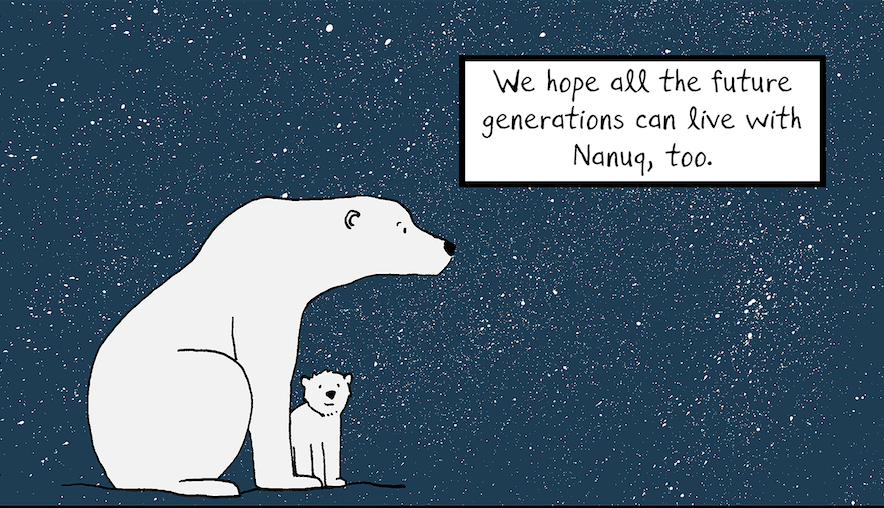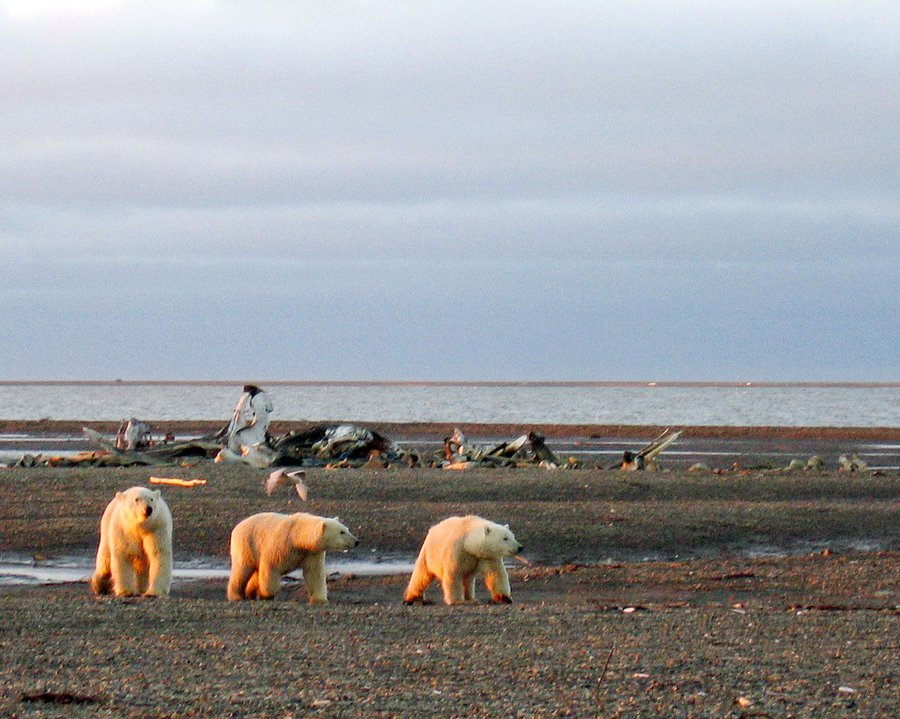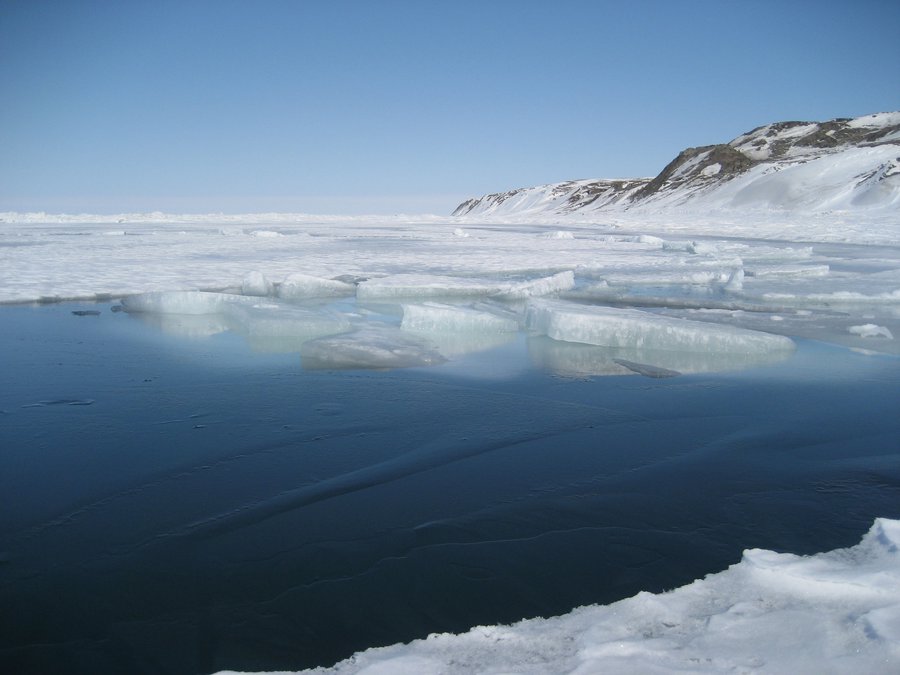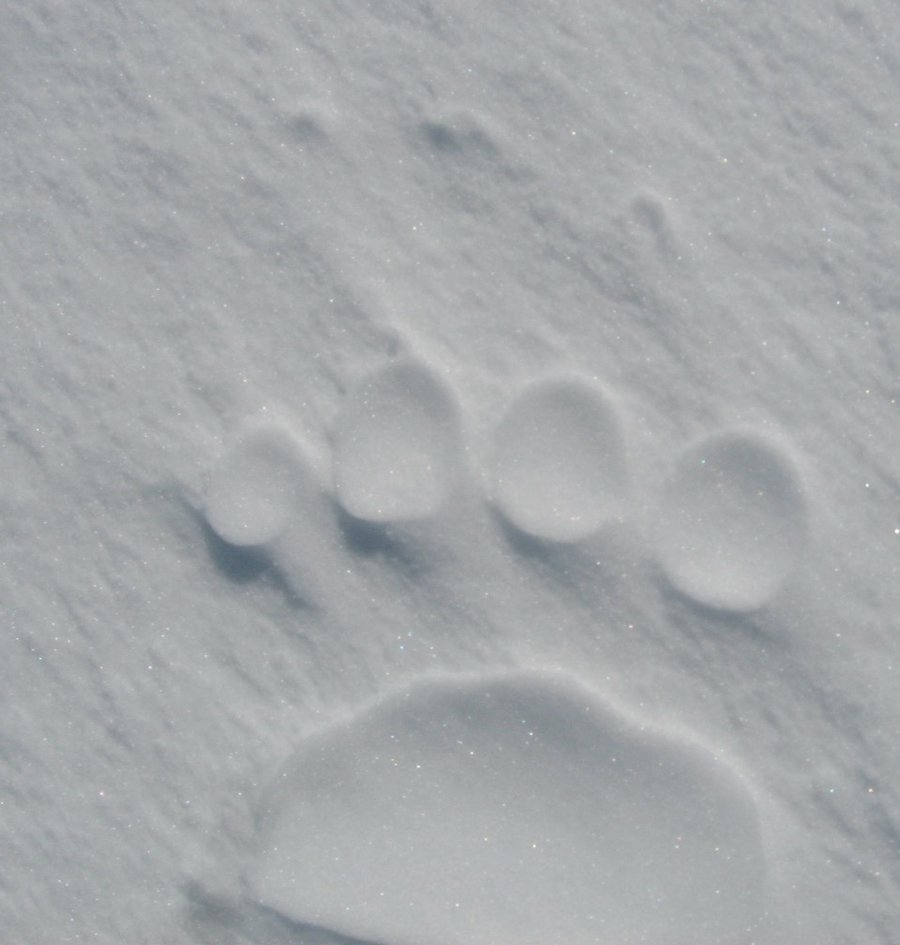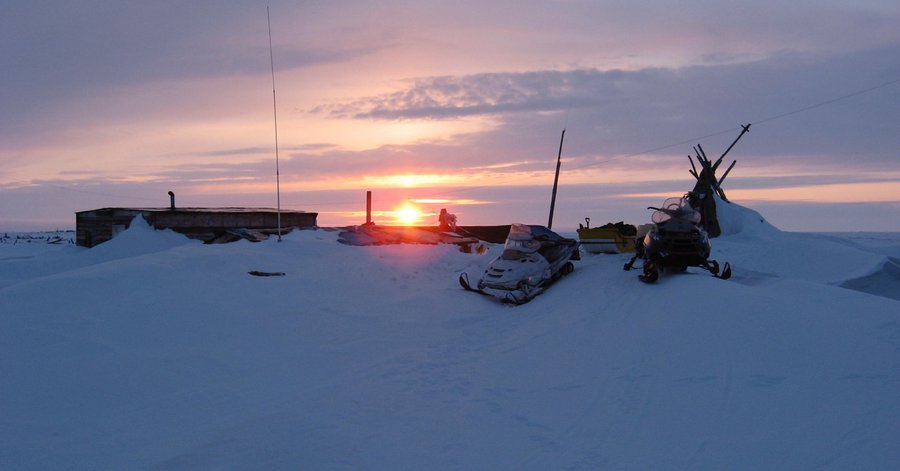Nanuq (Polar Bear)
Polar bears on the Yukon North Slope belong to the Southern Beaufort Sea population which extends from Point Barrow, Alaska to Tuktoyaktuk, N.W.T.. Scientists have been studying these bears for several decades and are starting to understand the complex role they play in the marine Arctic ecosystem. But, Inuvialuit have been living and interacting with nanuq for countless generations and have come to understand a great deal about their life history, behaviour, and interactions. The recent report, Inuvialuit and Nanuq, aims to document this knowledge.

